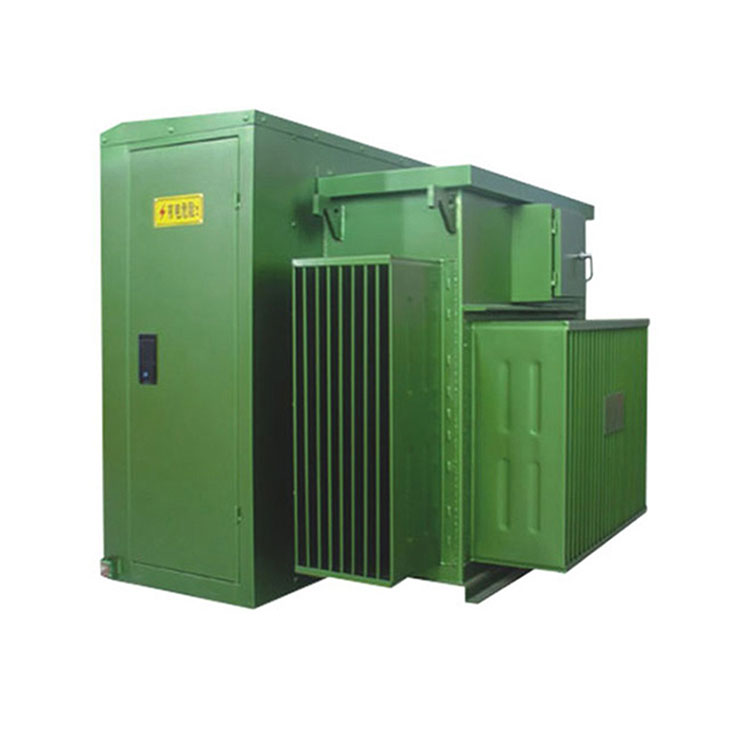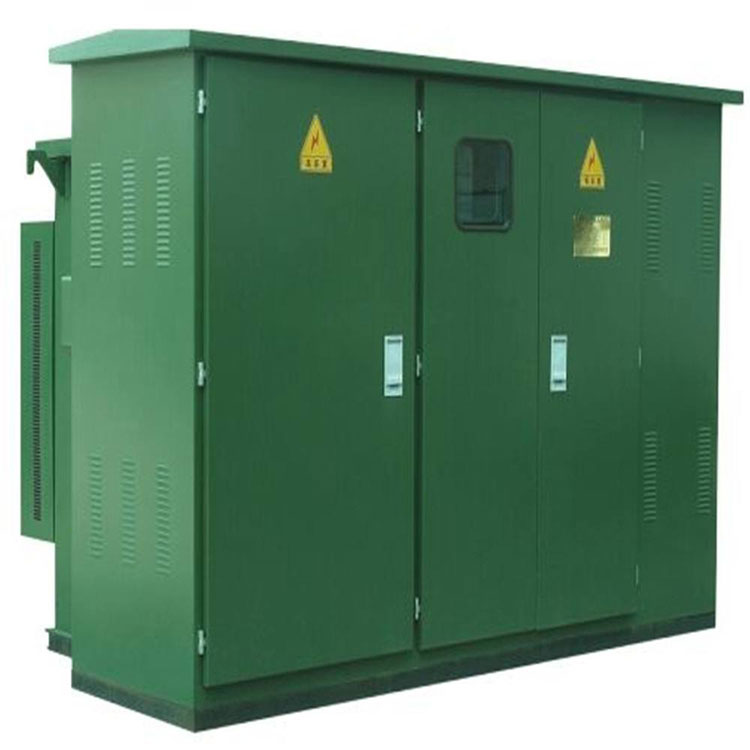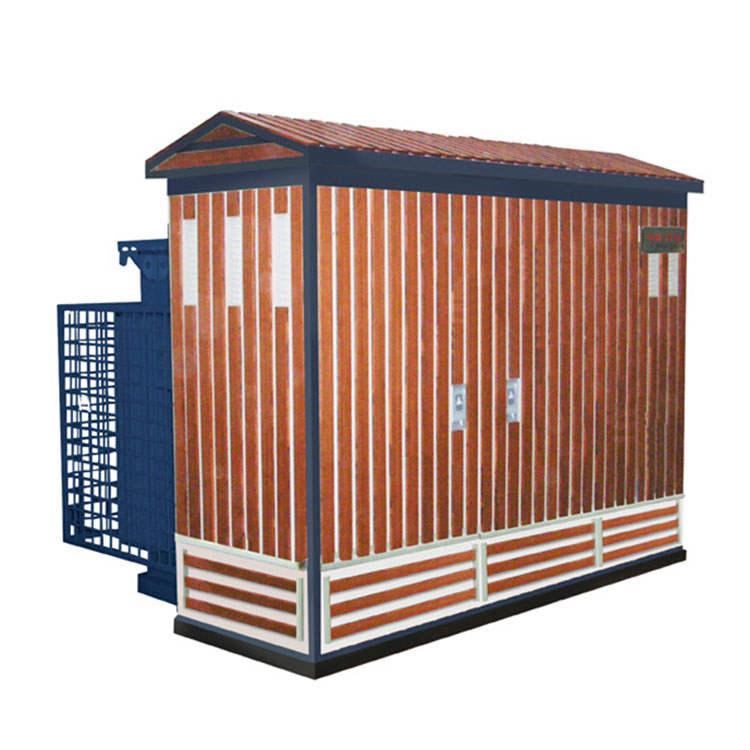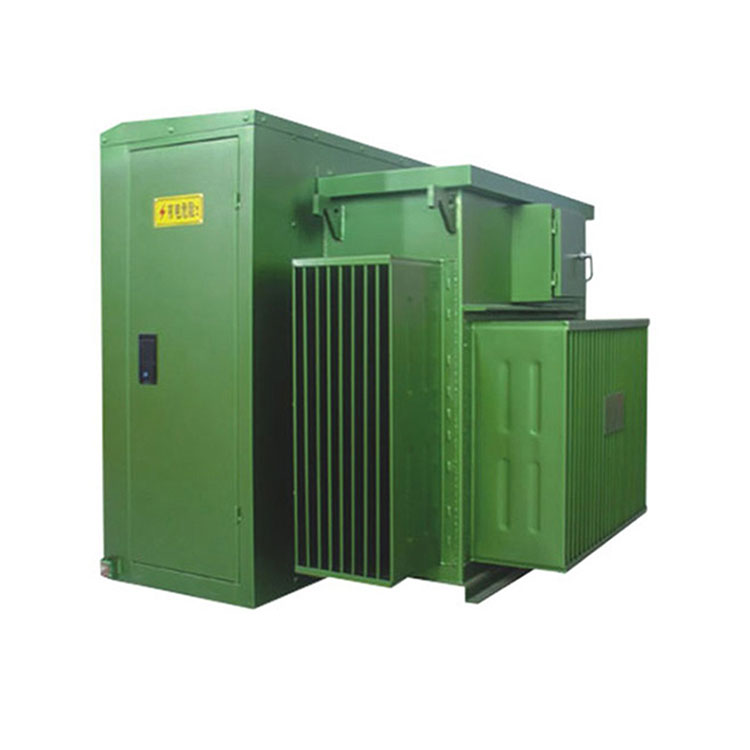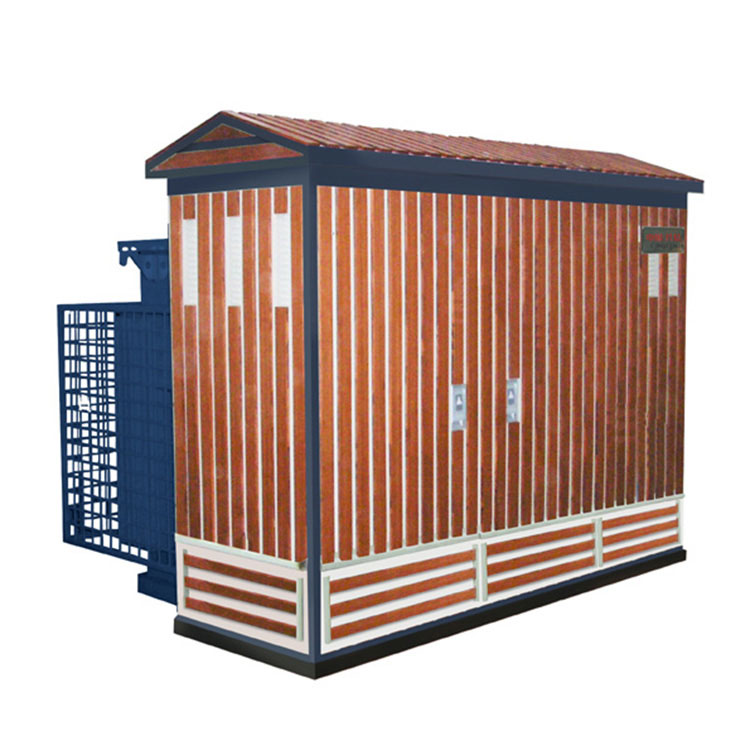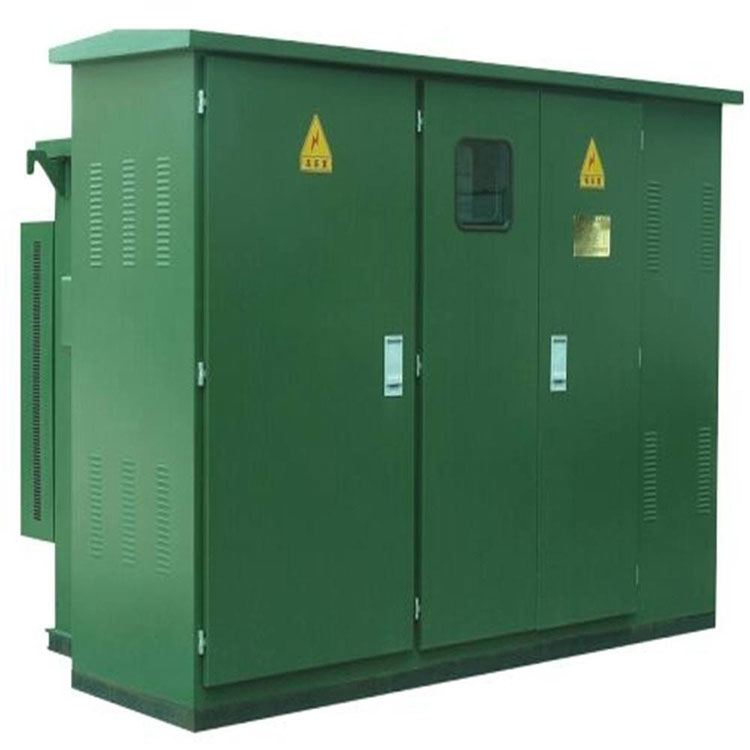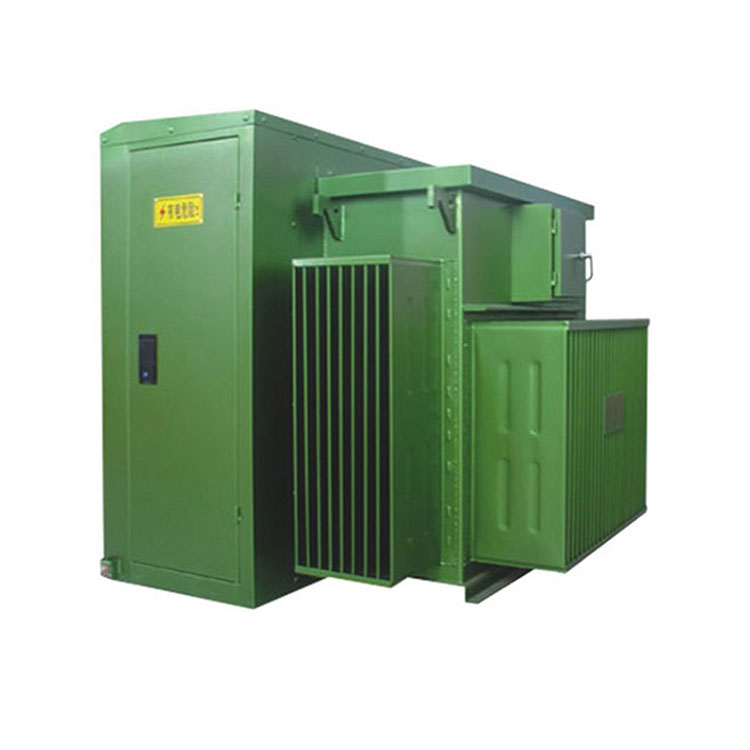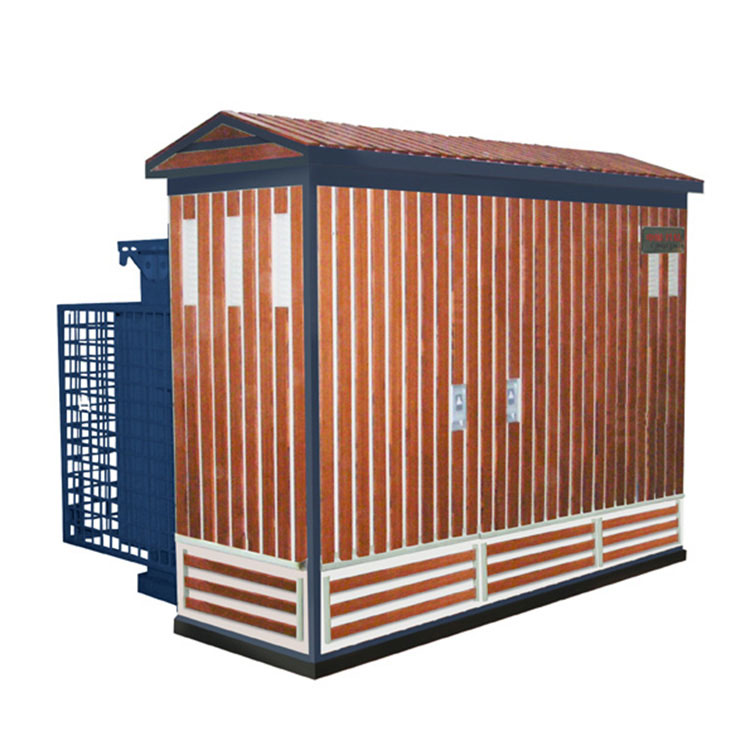- English
- Español
- Português
- русский
- Français
- 日本語
- Deutsch
- tiếng Việt
- Italiano
- Nederlands
- ภาษาไทย
- Polski
- 한국어
- Svenska
- magyar
- Malay
- বাংলা ভাষার
- Dansk
- Suomi
- हिन्दी
- Pilipino
- Türkçe
- Gaeilge
- العربية
- Indonesia
- Norsk
- تمل
- český
- ελληνικά
- український
- Javanese
- فارسی
- தமிழ்
- తెలుగు
- नेपाली
- Burmese
- български
- ລາວ
- Latine
- Қазақша
- Euskal
- Azərbaycan
- Slovenský jazyk
- Македонски
- Lietuvos
- Eesti Keel
- Română
- Slovenski
- मराठी
- Srpski језик
150 167 Kva 3 Phase Pad Mount Transformer
Send Inquiry
Video
150 167 kva 3 phase pad mount transformer Installation Tips:
1.When installing elbow cable connectors, all related equipment must be powered off. Elbow cable connectors should not be used to close short-circuit faults. If a short-circuit occurs, both the casing and elbow connector should be replaced.
2.For 200A elbow cable connectors, installation and operation should be carried out by personnel who are familiar with and knowledgeable about safety practices and high-voltage electrical equipment operating procedures.
3.Voltage measurements at test points should be conducted using specialized voltage measuring instruments. Test points should be dry and free from contaminants.
4.Elbow cable connectors achieve high electrical insulation and sealing performance through interface elastic interference fit. The condition of the interface has a significant impact on the installation quality. Therefore, it is essential to clean and dry the interface, and evenly apply silicone grease; otherwise, the presence of conductive impurities and moisture may lead to flashovers or even breakdowns.
5.When conducting withstand voltage tests on equipment, lightning arresters must be removed, and insulating protective caps should be applied to seal the interface. For the installation or maintenance of elbow arresters, all connected equipment must be powered off.
150 167 kva 3 phase pad mount transformer Technical Parameter:
| Mode Number: | ZGS11-150, ZGS11-167; |
| Rated Capacity: | 150 kva or 167 kva; |
| Primary Voltage: | 10 kV or depends; |
| Secondary Voltage: | 0.4kV or depends; |
| Protection Rate: | IP68 for Transformer Tank, IP54 for Enclosure; |
| Core material: | cold rolled grain oriented steel or Amorphous Alloy; |
| Winding Material: | 100% Copper; |
| Temperature Rise(oil top/winding average): | 55K/65K; |
| Working temperature: | -40 ℃ to 40 ℃; |
| Rated Breaking Current: | 50 KA. |
CONSO·CN 150 167 kva 3 phase pad mount transformer Detail:
|
Primary Distribution Side
|
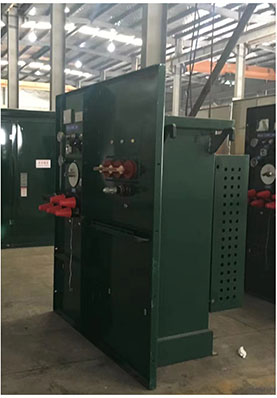
Transformer Body
|
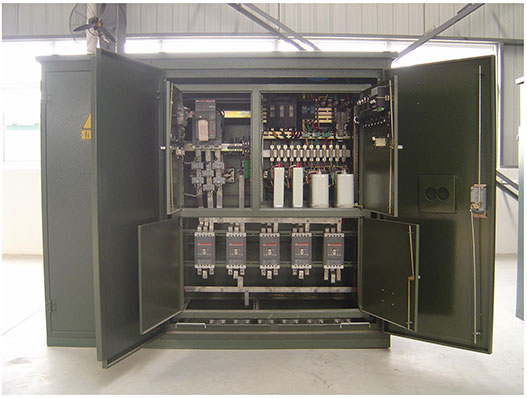
Secondary Distribution Side
|
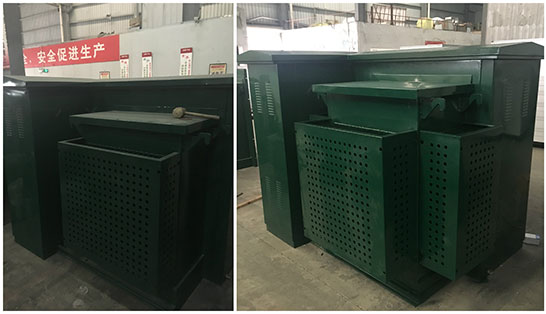
Corrugated Radiator
|

Panel-Type Radiator
|
CONSO·CN 150 167 kva 3 phase pad mount transformer Workshop:

150 167 kva 3 phase pad mount transformer in Process:

150 167 kva 3 phase pad mount transformer Testing Center:

CONSO·CN 150 167 kva 3 phase pad mount transformer Ready to Ship:



